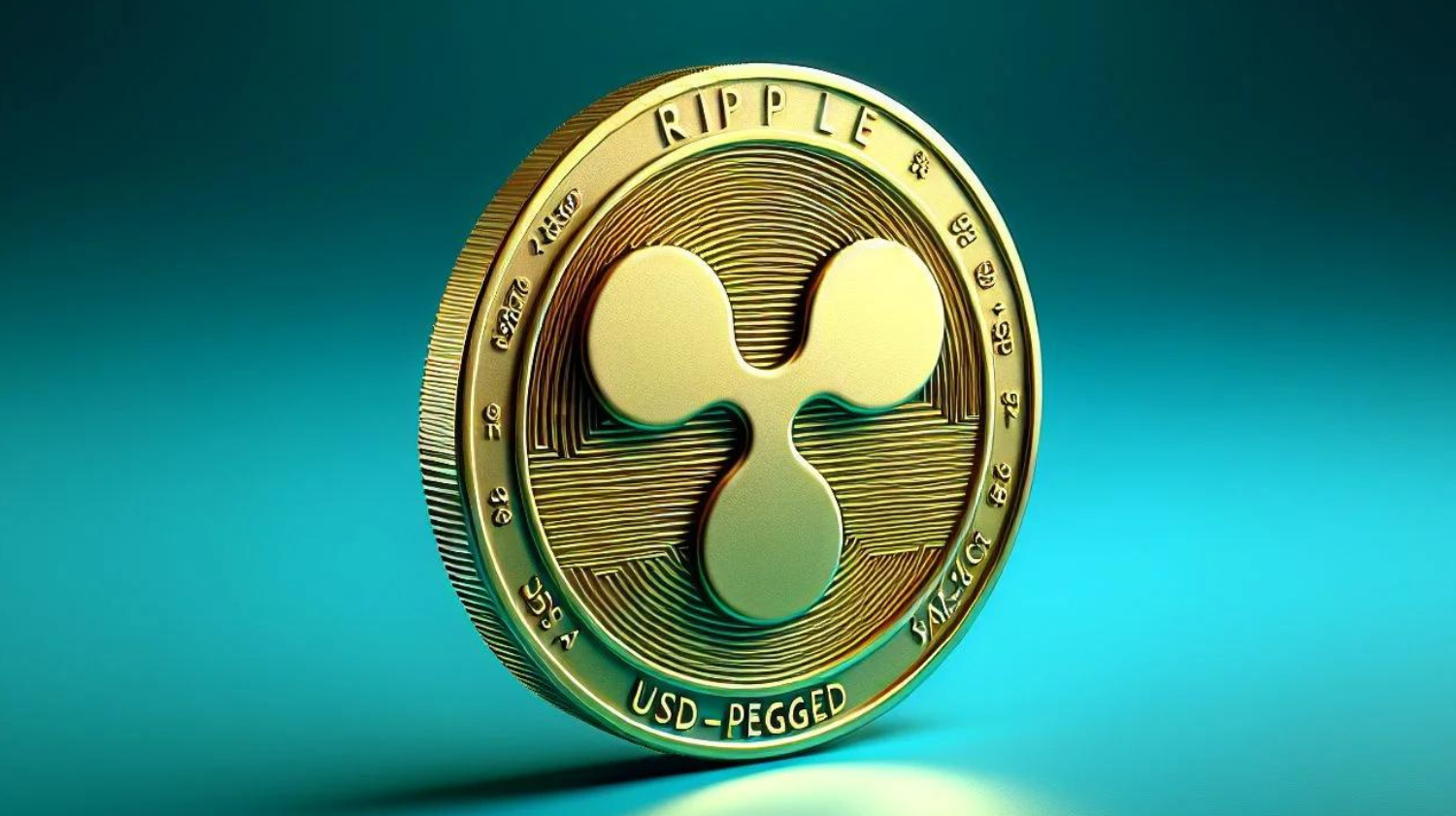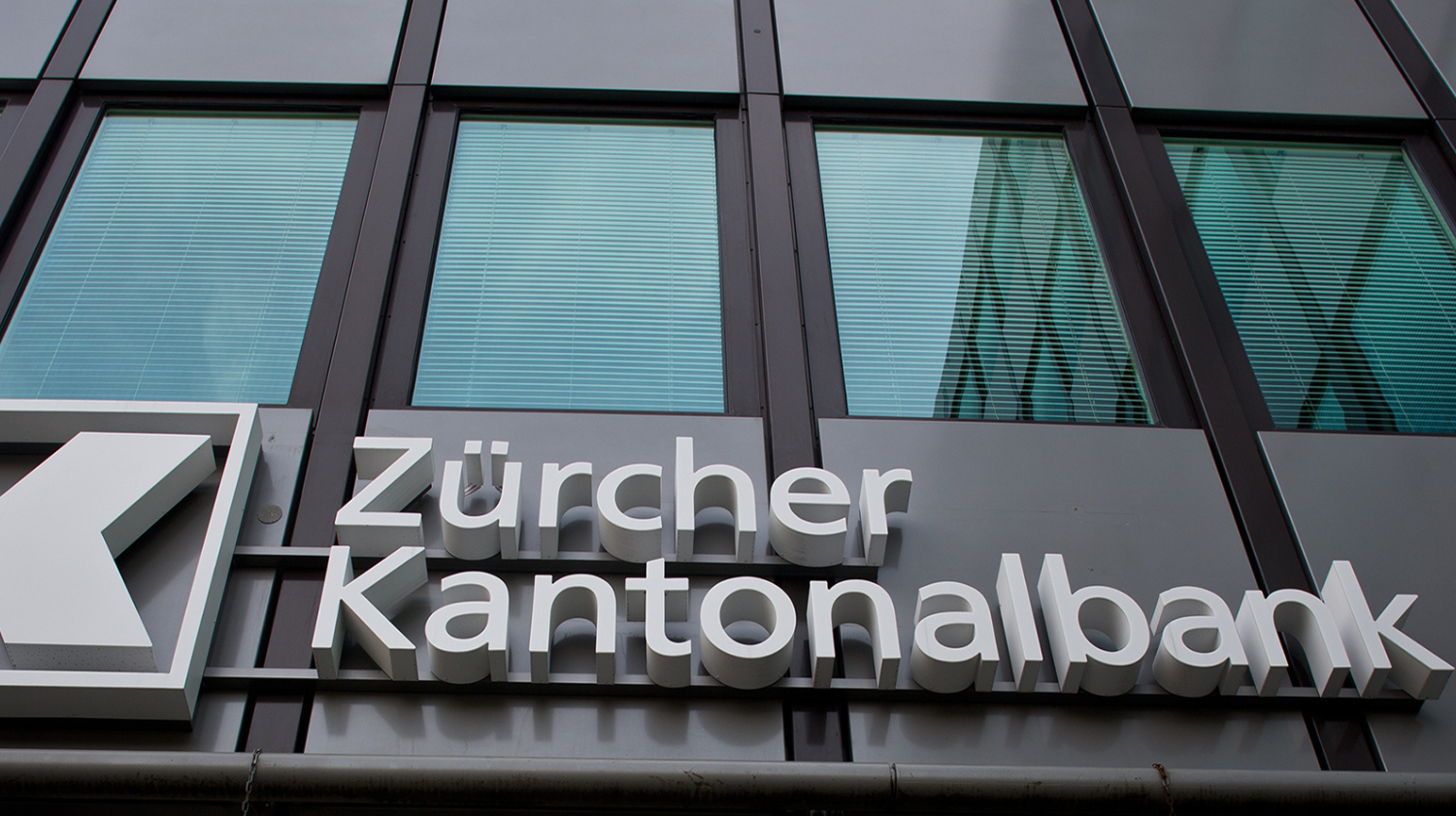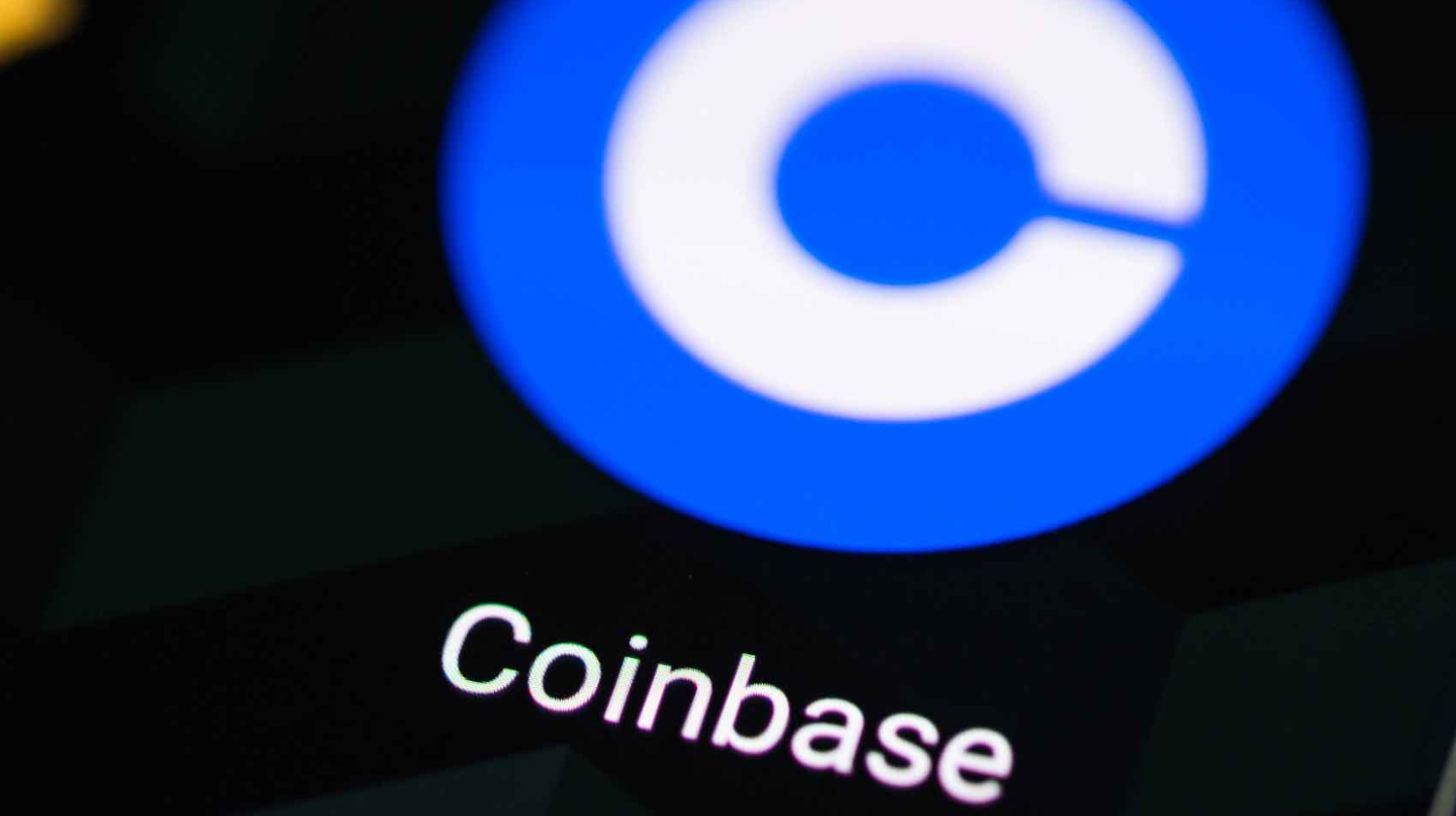
The global economy is treading uncertain waters, and the Crypto Markets are feeling the pressure. With the world on edge between recession concerns and glimmers of hope, the financial landscape is far from stable.
While some optimistically refer to this period as a “soft landing,” the reality for investors is anything but gentle. The crypto market’s mood swings are evident in the Fear & Greed Index, which has been oscillating between anxiety and cautious optimism. This volatility is further exacerbated by minor economic indicators, such as retail sales and housing data, which can trigger significant market reactions.
Political tensions add another layer of uncertainty. For instance, recent fluctuations in the yen carry trade caused market jitters, leading to speculation about an emergency rate cut—an event that ultimately didn’t materialize.
Market Volatility on the Rise
Brace yourself for another turbulent week in the markets. Last week’s trading saw a narrow range, with a mere 10% difference between the weekly high and low. Historically, such compression signals the potential for a significant breakout. The last time markets behaved this way, we witnessed expansions of 22% and 27% over the following two weeks.
Adding to the mix, the Binance Volatility Index (BVOL) and the Deribit Volatility Index (DVOL) both experienced upticks over the weekend—a rarity in recent times. Meanwhile, open interest continues to rise, indicating that more traders are entering the fray, which typically leads to increased liquidations and stop-loss triggers.
Signs of Optimism Amidst Uncertainty
Despite the chaos, there are still glimmers of hope for the long-term future of the crypto market. Central banks globally remain committed to easing policies, injecting liquidity into the economy, with no immediate signs of a credit crisis in the bond market.
According to Hyblock’s Liquidation Heatmap, a cluster of stop-loss levels from short positions suggests a potential rebound opportunity for the market. However, the broader economic outlook remains murky. Various models estimate the likelihood of a U.S. recession in the next 12 months at 50-60%.
Consumer spending, which accounts for about 70% of the U.S. economy, is showing signs of strain, with a noticeable slowdown in spending patterns. This trend is a concerning indicator of economic health. Business investment has held steady, but rising interest rates and trade tensions are fueling uncertainty.
The labor market, while still strong with an unemployment rate of 3.5% as of July 2024, is experiencing slower job growth. Inflation is gradually decreasing but remains above the Federal Reserve’s target at 3.2%. Additionally, the yield curve has been inverted since May 2022, a traditional signal that a recession may be looming.
While the market could be hinting at a bullish future, the short-term direction remains unpredictable. As always, keep a close watch on the charts, and stay vigilant against the swings of fear and greed.












